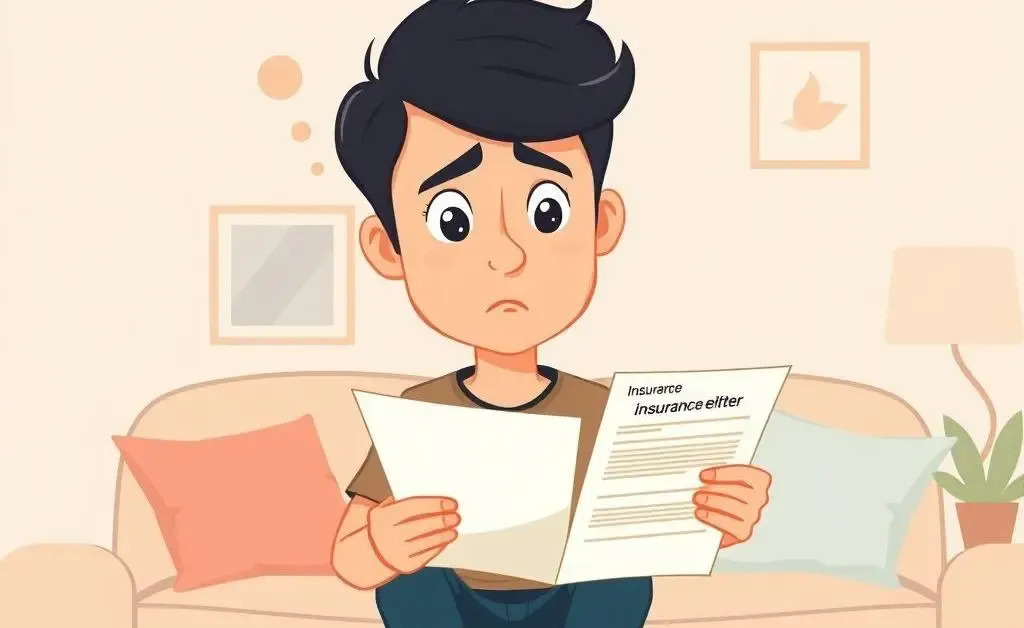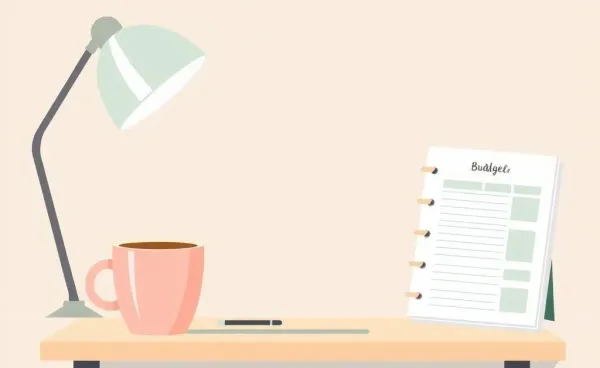Navigating Auto Insurance Claims: What to Do After a Car Accident
Learn how to handle auto insurance claims effectively after a car accident.

Have you ever found yourself at a loss for words after receiving a bewildering letter from your insurance company following a car accident? You're not alone. Navigating the world of auto insurance claims can be confusing, but with a little guidance, it doesn't have to feel like an uphill battle.
Understanding Your Insurance Claim Letter
After a car accident, the first piece of communication you receive might be an official-looking letter from your insurance company. It's packed with details, numbers, and perhaps some terminology that has you reaching for a dictionary. Let's break it down.
Your claim letter serves a few key purposes:
- Confirmation: It acknowledges that your claim has been received.
- Assessment: It might detail the insurance adjuster's assessment of the accident.
- Next Steps: It outlines any further information needed from you or steps that need to be taken.
Remembering Jake’s Story
Let's take Jake's story, for instance. He was involved in a minor fender bender at a busy intersection. After exchanging information and ensuring everyone was okay, he thought the hard part was over. But when that letter arrived, he felt lost. The good news is, he learned a few tricks along the way that we can all use to smooth out the claims process.
Tackling Common Claim Letter Confusions
Here are some common aspects of claim letters and how to tackle them:
- Technical Jargon: Terms like 'deductible,' 'liability,' and 'comprehensive' can be confusing. Don't hesitate to reach out to your insurance agent to clarify these terms.
- Next Steps: Look for sections in the letter that mention timelines or documents you need to submit. Staying on top of these can help speed up the process.
- Disputed Details: If something in the claim letter doesn't match your recollection of the accident, alert your insurer promptly.
Being Proactive with Your Claim
One of the best things you can do is keep a comprehensive record of everything post-accident—photos of the scene, police reports, and any interactions with all parties involved. This helps in discussions with your insurer and ensures you have a clear picture of the events.
Jake kept detailed notes of his interactions with both the other driver and his insurance company. When a discrepancy arose about the accident details, he had everything he needed to resolve it quickly.
Your Next Move
Your ultimate goal is to settle your claim speedily and fairly. Invest a little time to understand your insurance documents and engage with your insurer candidly. This approach not only demystifies the process but also ensures that you're taking proactive steps toward resolution.
Have you ever found yourself confused by insurance jargon or claims letters? What steps did you take to resolve the issues? Share your stories below or ask any questions you may have. I'll be happy to help!




